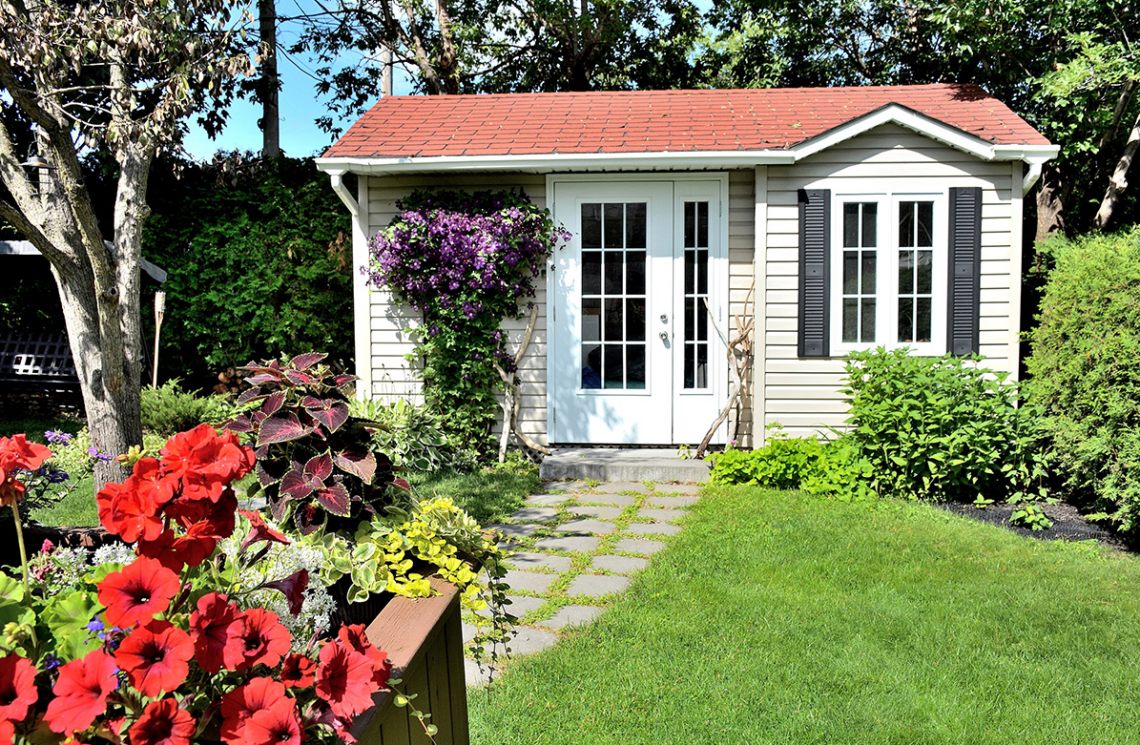
A recent poll, highlighted how California has several cities ranked at the top of ‘happiest cities in U.S.’ California scored highest in quality of life, with less people living in poverty, higher marriage rates and lower crime rates overall. Now, if we could only house all of the people who want to live here.
For decades, California has scored poorly on its housing shortfall, estimated to be at 978,000 units. This is much higher than other states in the U.S. For example, Texas has a 322,000 deficit, New York is at 234,000 and Illinois and Georgia show a 120,000 unit deficit.
New Housing Production Shortfall
This shortage has been increasing since 1970. By 2018, the state was ranked 49th in terms of housing units per resident. Prior to the pandemic, California would have needed to increase its current rate of housing production by 85,000 units per year. That hasn’t happened.
After the crash of 2008, many homebuilders stopped production. They were just beginning to increase their production prior to the rising interest rates of 2022 that stalled all real estate markets. While the FED was raising the prime rate to stall escalating home prices, the deficiency in new home production is keeping home values high.
New California ADU Laws
In an effort to address a lack of housing and affordability, the State of California has aggressively adopted programs to promote the construction of Accessory Dwelling Units (ADUs.) The most interesting aspect of these new laws is how they usurp local county and city laws. The state law even demand that Homeowner Associations (HOAs) abide by these new rules.
SB 1069 (Wieckowski), AB 2299 (Bloom), and AB 2406 (Thurmond) – made the creation of ADUs easier. One of the most important aspects of these laws were to eliminate the requirement for additional parking for ADUs and limiting local government control over them. Legislation passed and became law as of January 1, 2020. These laws include Assembly Bill 881, Assembly Bill AB 670, Senate Bill 13, and Assembly Bill 68.
This means that homeowners can create granny flats, in-law units, backyard cottages, units above the garage and even convert portions of their home into a Junior ADU, called JADU. Initially, ADU legislation required owner occupancy, but this too, has been removed to help landlords and investors.
Increasing Affordable Housing
The bottom line is that these new units will provide housing affordability at a cost that should be a fraction of renting a single family resident. Not only will they provide additional income for homeowners with less regulations to block them, they provide renters with affordable options.
In fact, California is so committed to this project that are even offering grants. The CalHFA ADU Grant Program provides up to $40,000 in assistance to reimburse homeowners for predevelopment costs necessary to build and occupy an ADU.
While many of the HOAs around Lake Tahoe had ordinances that prevented these types of structures, virtually all associations have re-written their guidelines to accommodate this new state legislation. They really have no choice, but to abide.
However, HOAs can still implement architectural guidelines and review, as well as regulations that ensure any extra pollution or nuisances are controlled. They do this through a permitting process. For example, see Tahoe Donner ADU Regulations.
TRPA too, allows for one attached and one detached ADU. However, plans must abide by coverage allocations. Click here for more information about TRPA and ADUs.
California Health and Safety Code (HSC), Section 65583(c)(7), requires that cities and counties develop a plan that incentivizes and promotes the creation of ADUs. It is important to note that the local building permits will still be required.
Contact me today for a list of available properties that would be great for adding an ADU. While short-term rentals have become more restrictive, you can still offset your costs to own a vacation home by renting a long term ADU.

Leave a Reply